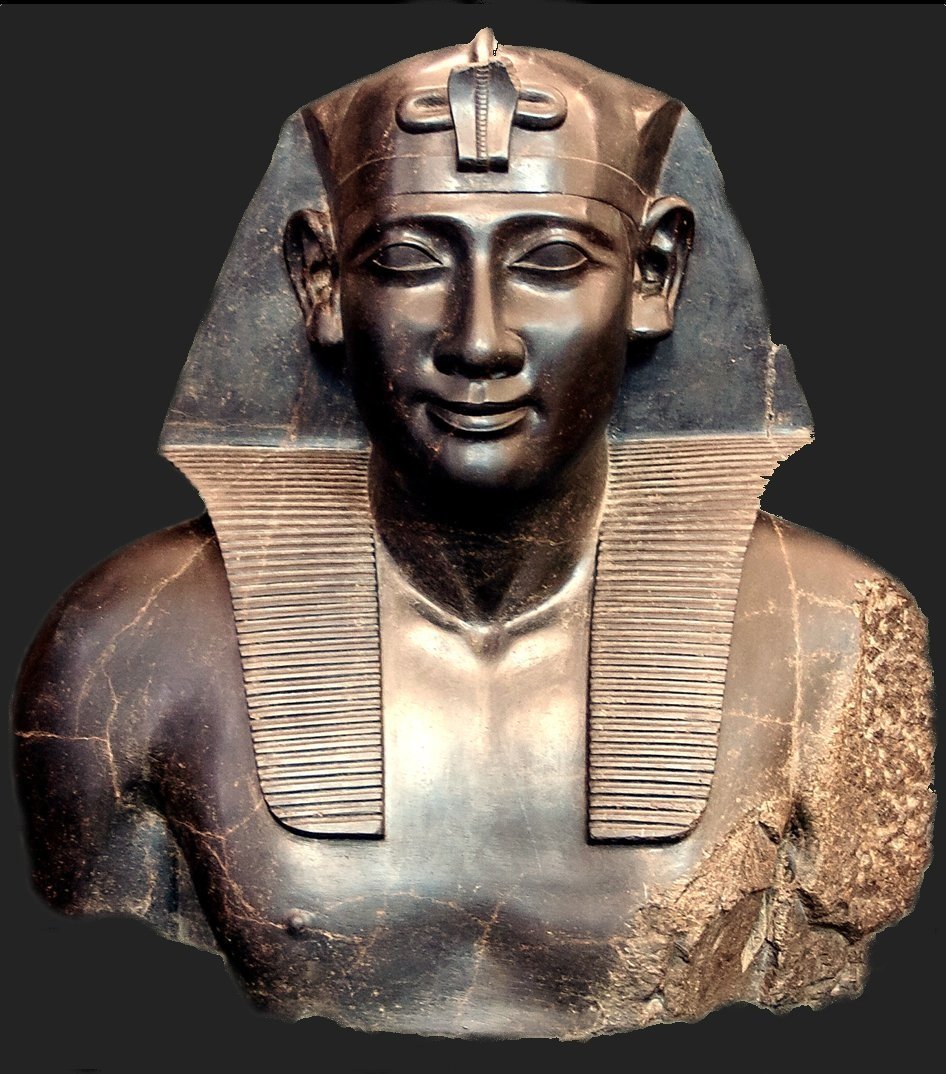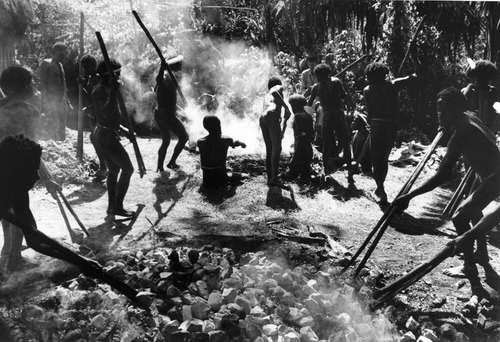The Sicilian Expedition
/What could possibly go wrong?
Image courtesy of Wikimedia Commons
The Sicilian Expedition has gone down in history as one of the worst conceived military campaigns in history, and the worst defeat Athens ever suffered.
In 415 BCE, a small Sicilian city-state appealed to Athens for aid in their war against Syracuse, another, far more powerful city-state.
There were two camps of opinion. The elder statesman Nicias thought they should send a large, but not overwhelming, force to Sicily, gather reinforcements from local city-states that were keen to see Syracuse taken down a peg, and from this position of strength, negotiate a settlement that was favourable to Athens.
The young, handsome and wealthy Alcibiades had a different take on the situation: why not just conquer Sicily? You know, all of it. What could go wrong?
Nicias explained what could go wrong to the Athenian assembly in excruciating detail, but Alcibiades said that was coward’s talk, and unpatriotic to boot, and when the votes were counted, Alcibiades won by a landslide.
Image courtesy of Wikimedia Commons
The Athenians called a second assembly to decide how large a force they should send, and Nicias tried to scuttle the whole thing by vastly exaggerating the cost of the expedition. It would take a huge army to conquer Sicily, infeasibly huge, so infeasibly huge that it was probably best to just forget the whole thing.
Alcibiades said this was exactly the kind of bold military expenditure that Athens needed and won the vote by an even larger margin.
So the expedition of 134 triremes set off under the command of three generals: Alcibiades, Nicias, and some fellow called Lamachus.
When they arrived at Sicily, opinions were split on what to do next. Lamarcus wanted to attack Syracuse, while they had the element of surprise. Nicias wanted to parade the army around in a show of force, and then leave before Alcibiades had any more bright ideas. Alcibiades wanted to land on the opposite side of the island and march to Syracuse overland, gathering local support on the way. Once again, Alcibiades got his way.
The Athenians were not able to gather any support from the locals. Cities that might have contributed some soldiers to a moderate force took one look at the Athenian legion of doom and decided that whatever the Athenians had planned, they wanted no part of it.
So, after marching across the whole of Sicily for no reason, and losing the element of surprise, the Athenians began the siege of Syracuse. The fleet blockaded the port, and the army began building a wall around Syracuse.
Image courtesy of Wikimedia Commons
The Greeks were absolutely hopeless at siege warfare in this period, with no siege engines more complex than ladders. Instead, the Greek idea of a siege was to build a wall all the way around an enemy city and starve it out over a period of years.
Syracuse started building counter-walls. Walls were basically unbeatable, so the only way to defeat a wall was with another wall. Defenders would build counter-walls out from their city wall and try to build it out fast enough to get in the way of the attacker’s wall. If you could block the attacker's wall before it was built, you’d won the siege.
Syracuse built two counter-walls but did not finish them fast enough to block the Athenian wall. But, with the help of a Spartan general sent to aid them, they completed the third wall ahead of the Athenians.
Nicias was in sole command at this point - Lamarcus had died in the fighting and Alcibiades had been recalled to Athens to face charges of sacrilege and had defected to Sparta rather than face trial.
He sent word of the defeat to Athens, and they decided to send another 73 triremes, throwing good money after bad.
Demosthenes, one of the new generals sent with the reinforcements, tried a risky night attack on the counter-wall. The confused Athenian troops started fighting each other, then Syracuse attacked them and they panicked, fleeing through the unfamiliar terrain and falling off the cliffs in the dark.
With the remaining Athenian forces in shambles, Syracuse was able to trap the Athenian fleet in a bay and destroy it.
With no hope of escape, the Athenians fled inland, before succumbing to exhaustion and dehydration and falling into the hands of the enemy.
The Athenian defeat was total. Those who survived the fighting were sold as slaves or died in captivity.
Even more than two thousand years later, the Sicilian Expedition serves as a chilling example of what can happen when a government would rather throw their soldiers away than admit that they made a mistake.
If you want to hear it from the horse’s mouth, the Athenian historian Thucydides wrote a detailed account of the war in 431 BCE, which you can read here.
Taliesin Rouleau
Taliesin is a student at Algonquin College. He was raised in the woods by Neo-Pagans and studies Medieval combat from old manuscripts as a hobby.


















































